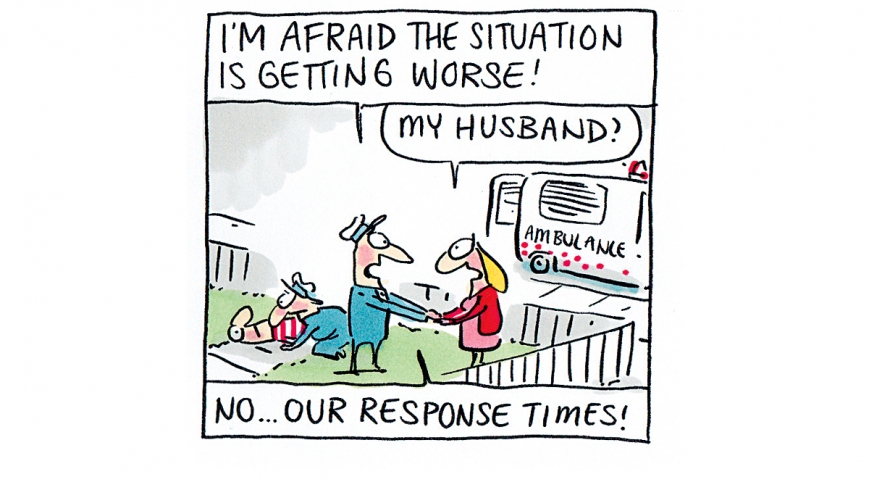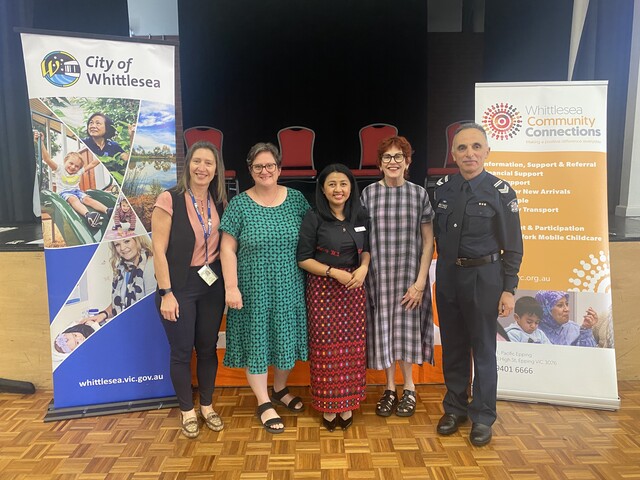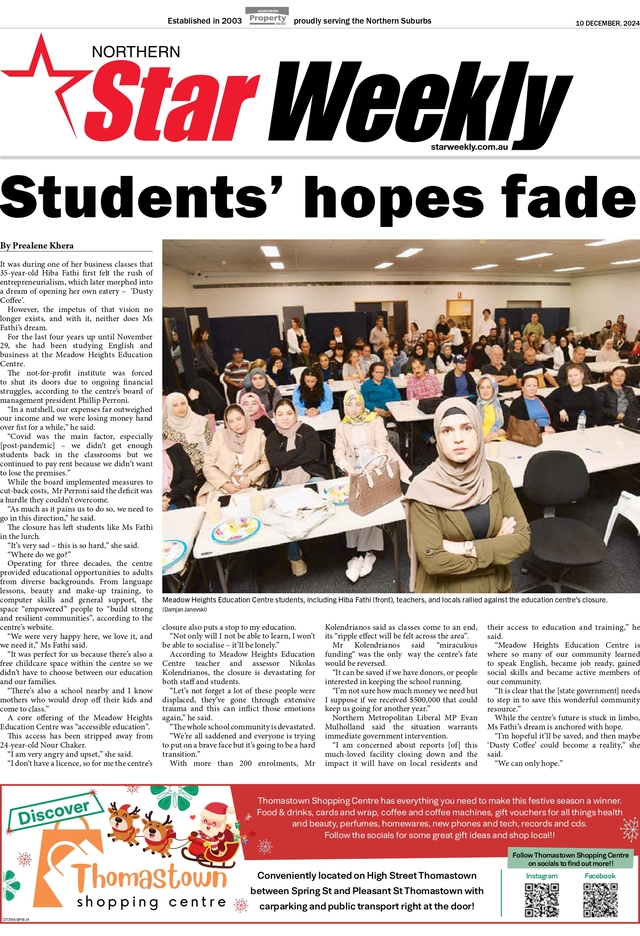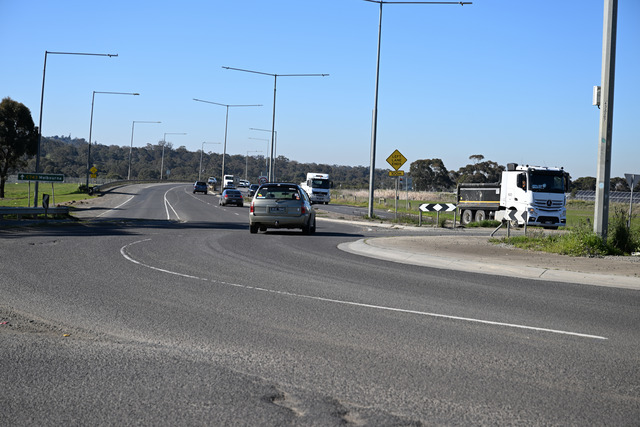Melbourne’s north and west growth corridors have been hardest hit by Victoria’s ongoing
ambulance crisis, leaving communities vulnerable to delays, poor
communication infrastructure and potentially avoidable deaths.
A Sunbury man in his mid-20s died earlier this month waiting for
an ambulance after he suffered an asthma attack. This was the second
preventable death in three months after Melton man Brodie Wilson died
following an asthma attack in late June.
In this second case, an ambulance arrived 27 minutes after the
call-out, taking 12 minutes longer than the target code 1 response time
of 15 minutes for an outer area. And in May, an elderly Diggers Rest
woman died of burns after ambulance dispatchers wrongly interpreted her
situation as being not critical.
State Labor parliamentary secretary for health, Wade Noonan, said
reports of the Sunbury man’s death this month were incredibly
distressing, particularly given the similarities to the Melton case.
“It would seem that no lessons have been learnt from Brodie
Wilson’s death and no changes have been made to limit these dreadful
situations from occurring in the future,” Mr Noonan said.
He said almost
30 per cent of ambulances were taking longer than acceptable to
reach life-threatening emergencies, pointing out 2012 data showing
emergency response times at Whittlesea, Craigieburn, Hillside, South
Morang, Sunbury and Melton all increased by between 20 and 50 per cent
over the previous year.
State Health Minister David Davis has denied Mr Noonan’s assertions, claiming that
a government boost to paramedic services and numbers should restore
confidence of communities in Melbourne’s outer north-west.
Mr Davis recently put out figures claiming Broadmeadows ambulance
service has responded to 470 urgent code 1 calls this year, reaching the
scene of more than half of them within 10.57 minutes, while the
Tullamarine ambulance service responded to 198 code 1 calls, reaching
more than half of these within 10.47 minutes. In Craigieburn, the
service responded to 383 code 1 calls, arriving at more than half of
them within 11.2 minutes, and the Campbellfield MICA service responded to 468 urgent calls and reached more than half of these within 12.33 minutes.
Ambulance Employees Association of Victoria secretary Steve McGhie
said Mr Davis’ assertion about more paramedics improving the situation
was “a bit of a furphy”. “These [new paramedics] are just filling in the
gaps,” he said. “And it doesn’t count the ramping issues.”
Mr McGhie said about 13,000 ambulance hours on the road were being
lost each month due to time wasted waiting for hospital beds or being
shunted between hospitals.
He told the Weekly that
data about to go before Parliament as part of Ambulance Victoria’s
annual report to the government was likely to show a worsening
situation.
“Last year was the worst result on record,” Mr McGhie said. “We
made something like only 72 or 73 per cent of code 1 responses, meaning
about one in four cases was not responded to in time.”







